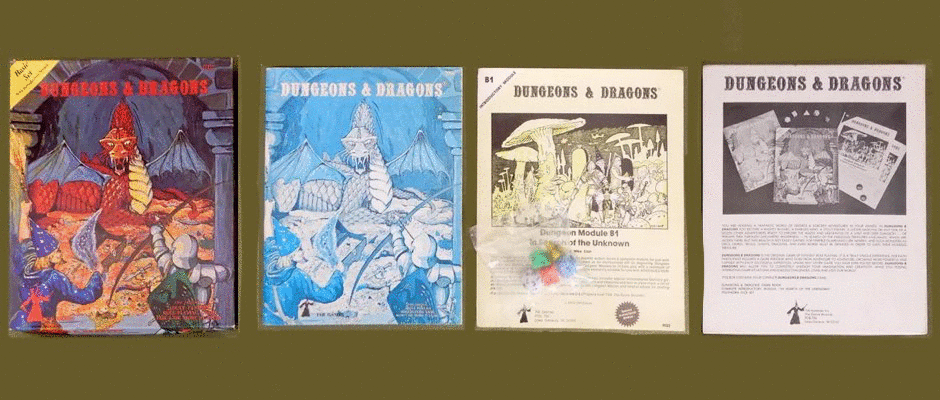Friday signaled the end for the Cassini probe as NASA crashed it into the atmosphere of Saturn. It will probably be months before we get a better idea what the ringed-world’s composition was before all contact was last. In high school I think scientists were certain it’s mostly hydrogen and a very high amount of helium, thus the world would float in a humongous glass of water.
When I was a little kid, Saturn was my favorite planet for it was unique with its rings. How I denied NASA’s outcome for Uranus having them in the late Seventies! Despite Uranus and Jupiter having slight rings, Saturn does remain having an incredible set you can observe from Earth.
The probe had an incredible run, 13-14 years of sending back data regarding our system’s sixth planet along with its major moons. Somara and I put off dinner plans on a Friday night to watch what companion probe Huygens beamed back from the surface of Titan, you may not remember but Huygens was carried by Cassini, hence the seven-year journey to get there. I think the multiple gravity assists by Venus, Earth and Jupiter were cost-saving measures because America doesn’t bother to make kick-ass rockets capable of getting our stuff there quickly as we did in the Voyager days; those legendary probes got to Jupiter within three years.
To those who pooh pooh our efforts to learn more about other planets, I say, pull your head out of your ass. Contrary to budget hawks, NASA only costs half a cent for every tax dollar we spend lately. Plus Elon Musk’s private company isn’t going to bother exploring since learning more on how our solar system may have formed isn’t profitable. One new theory I’ve seen is that Saturn may have saved the Earth a couple billion years ago. It provided a strong “counter weight” to keep Jupiter from moving in closer to the Sun.
Hopefully there’s another expedition on the drawing table.
